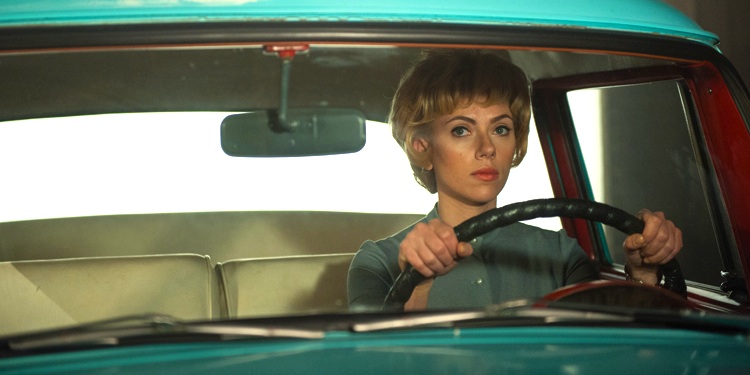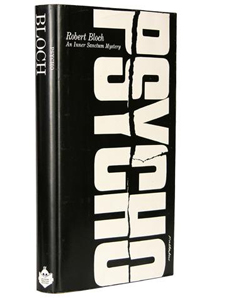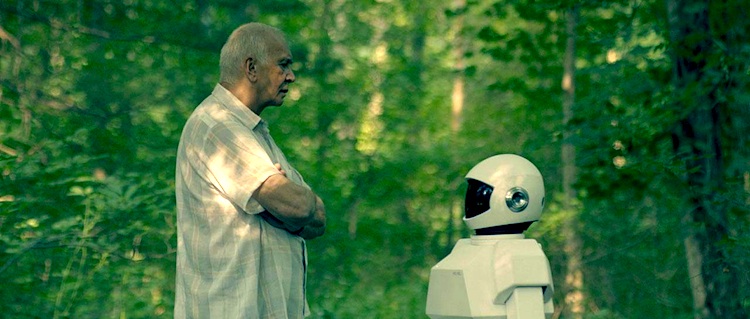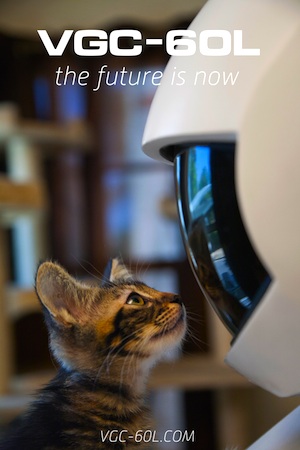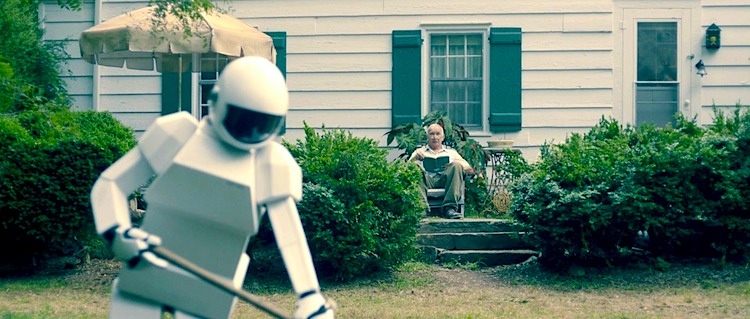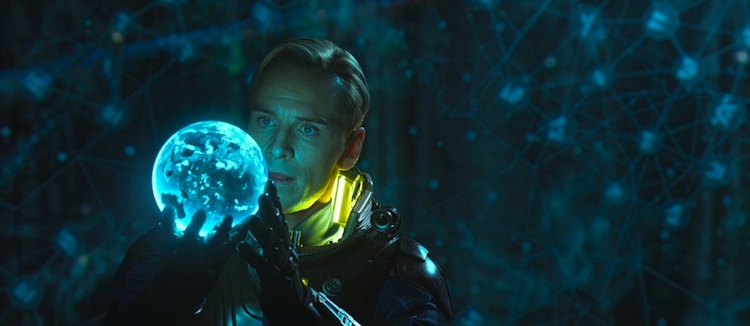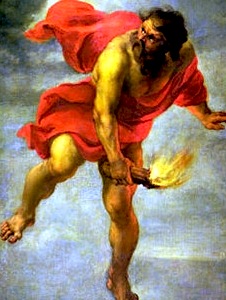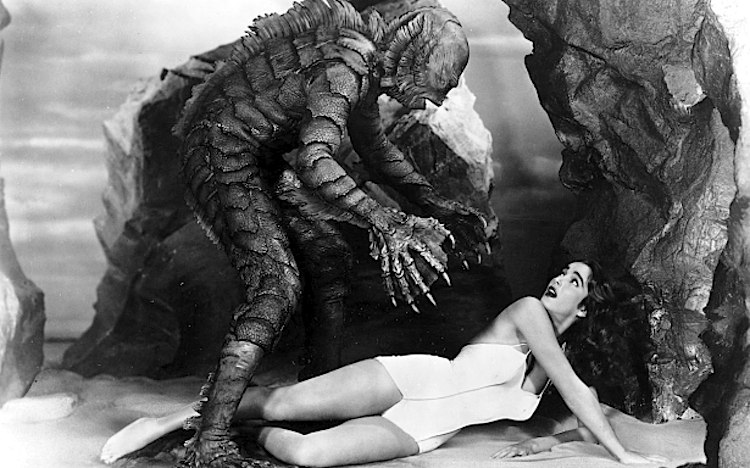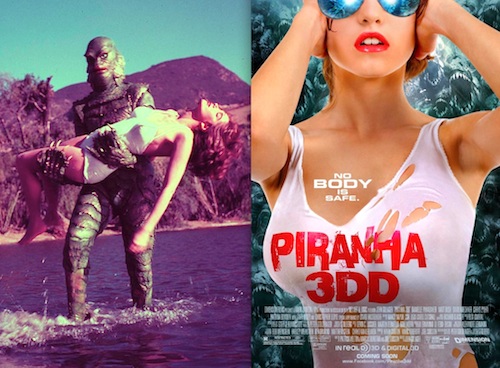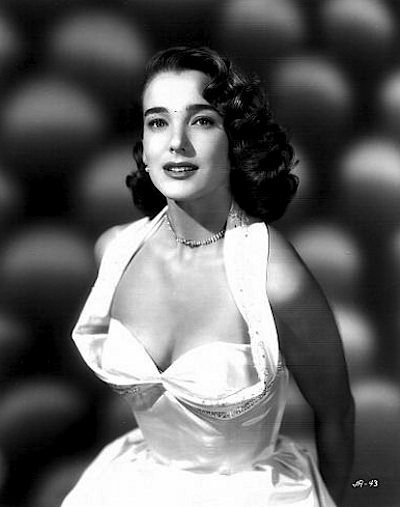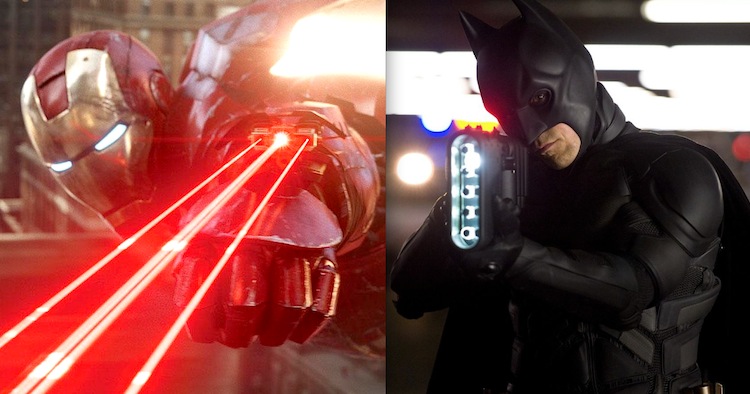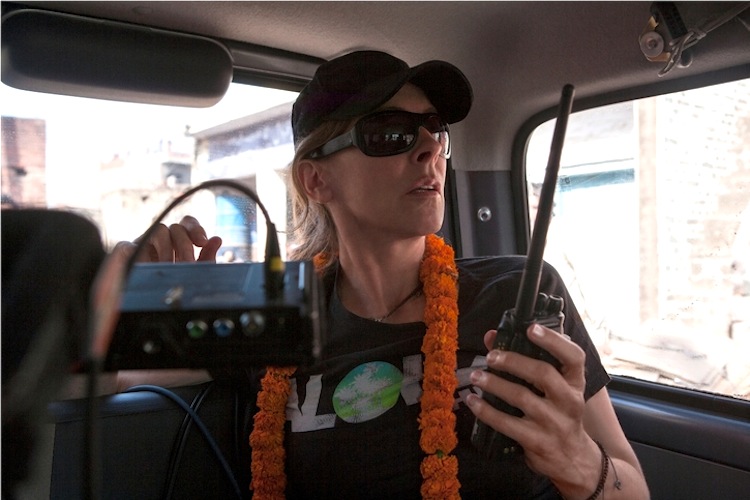
[Editor’s Note: the full version of the article below appears today on the front page of The Atlantic.]
Half the films at Sundance this year were directed by women, compared with 4.4 percent of studio movies—but those proportions seem set to change.
By Govindini Murty. At the Oscars ceremony this weekend, not only will Kathryn Bigelow’s name not be read out on the list of the nominees for a Best Director Oscar, but for the 81st time in 85 years, no other woman’s will be, either. And while blame for Bigelow’s Oscar snub is being laid on Zero Dark Thirty‘ s perceived controversial politics, the lack of any other women nominees for a directing award exposes a more fundamental problem: the scarcity of women playing major roles both off screen and on screen in Hollywood.
Even though women buy 50 percent of movie tickets and form a majority of the U.S. population, only 4.4 percent of Hollywood’s top 100 studio movies are directed by women in any given year. The disproportionately small number of female directors in Hollywood seems to have a direct impact on the number of women seen on-screen. A 2010 USC Annenberg study led by Stacy L. Smith notes that movies with male directors featured only 29.3 percent female actors, whereas in movies with at least one female director, that number rose to 44.6 percent.
But while this year’s Oscars may reinforce Hollywood’s long-entrenched gender gap, women directors appear to be reaching a critical mass in the independent film world—a development that may soon lead to changes in the mainstream industry.
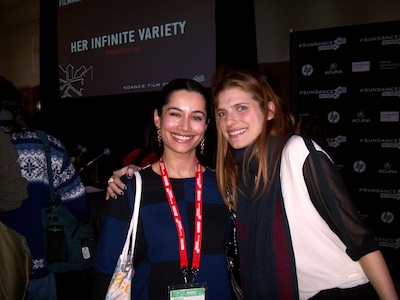
At the recent Sundance Film Festival, a record 50 percent of the films in the U.S. Dramatic Competition were directed by women. Overall, of the 119 films at Sundance this year, 34 percent had female directors. And for the second year in a row, a woman (Jill Soloway) won the Best Director Award in the U.S. Dramatic Competition, following last year’s winner Ava DuVernay.
A new USC Annenberg study co-authored by Stacy L. Smith, Katherine Pieper, and Marc Choueiti confirms that there are more opportunities for women directors in the indie world versus the studio world. Commissioned by the Sundance Institute and Women in Film Los Angeles, the study examined 820 feature films screened at Sundance from 2002 to 2012. The study found that 22.2 percent of the festival’s U.S. narrative-competition films and 41.1 percent of the U.S. documentary-competition films were directed by women.
What accounts for the gap between Sundance and Hollywood when it comes to women? Smith says that ingrained attitudes about female directors and stars play a big role: “In Hollywood, women in front of or behind the camera still seem to be perceived as a risky investment.”
>>>TO READ THE REST OF THE ARTICLE PLEASE VISIT THE ATLANTIC.
Posted on February 21st, 2013 at 8:43am.
